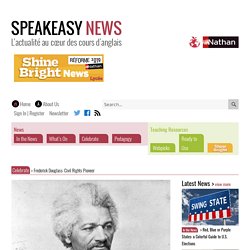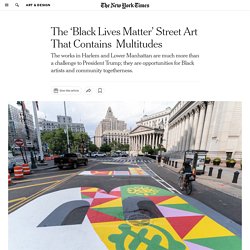

Better policing. Number of Whites Troubled by Racism. Black Lives Matter: Where does 'taking a knee' come from? Image copyright Getty Images Protesters around the world have been "taking a knee" at demonstrations following the death of George Floyd in police custody in the US state of Minnesota, while the UK's foreign secretary has been criticised for wrongly saying the gesture seemed to be taken from TV show Game of Thrones.

Where does taking a knee as a form of protest come from? American Football quarterback Colin Kaepernick sat on the bench during the US national anthem to protest against police brutality and racism in a pre-season game on 26 August 2016. Kaepernick said at the time: "I am not going to stand up to show pride in a flag for a country that oppresses black people and people of colour.
" He discussed his motivations with Nate Boyer, a military veteran and former National Football League (NFL) player, who advised him to kneel because he thought it was more "respectful". Kaepernick switched from sitting to kneeling on one knee on 1 September 2016, generating national media attention.
Protests george floyd vocable. Civil Rights: The Montgomery Bus Boycott – Speakeasy News. Kneeling for His Rights – Speakeasy News. NFL American football star Colin Kaepernick brought attention to Black Lives Matter's protests about police brutality towards African Americans with his silent protests, kneeling instead of standing when "The Star-Spangled Banner" played before NFL games.

Two years on, Kaepernick has been frozen out of the football league but has won two major human-rights awards for his actions, and is now fronting a new Nike advert. Kaepernick started his protests at the beginning of the 2016-17 National Football League season. There had been a series of incidents in which African American men had died when stopped by the police, highlighted by Black Lives Matter and leading to mass demonstrations. American football is the most popular sport in the country and many players are African American. Matches start with the national anthem. Other players joined his protest. At the end of the season, Kaepernick's contract wasn't renewed. Copyright(s) : 2018 Getty Images. Mexico Olympics Black Power Protest Video – Speakeasy News.
The silent protest of two African American athletes on the podium at the 1968 Mexico Olympics was an iconic moment in civil-rights history.

We've selected some teaching tools for language classes on the Black Power protest. In 2016, the prestigious Smithsonian opened a new, and long-awaited museum, the National Museum of African American History and Culture. Frederick Douglass: Civil Rights Pioneer – Speakeasy News. 2018 marks the 200th anniversary of the birth of one of the most important figures in the fight for the abolition of slavery in the U.S.A: Frederick Douglass.

Yet he is often unknown outside of America. Douglass was born in February 1818. He was born Frederick Bailey, a slave, in Maryland, but before the end of his long life in 1895, he would know freedom for himself and fight for it for others. Douglass never knew his father His mother lived on a different plantation, and in any case died when he was young. The ‘Black Lives Matter’ Street Art That Contains Multitudes. The first word, Black, was designed by Tijay Mohammed, a Ghanaian-born artist, and used vibrant Kente fabric design and Adinkra symbols, which represent concepts like royalty, unity and legacy.

Sophia Dawson, a Brooklyn-based visual artist, took the second word, lives. The latest New Yorker cover pays tribute to black lives lost – Speakeasy News. The June 22 edition of The New Yorker has been released, and the illustrated cover is devoted to the history of violence inflicted on black people in the United States.

Entitled 'Say Their Names', the powerful illustration features George Floyd, the US citizen recently killed by a police officer in Minneapolis. It shows his body imprinted with images of individual victims, placards, scenes from history and pertinent symbolism. KadirNelson is the artist who has produced this cover, one of the most powerful in The New Yorker's history. Kadir Nelson's cover art is also interactive and can be explored on the New Yorker's website, which describes the feature as a "closeup examination of the artist’s latest cover, in which the murder of George Floyd embodies the history of violence inflicted upon black people in America".
VOCABLE being black USA 2020 infography.